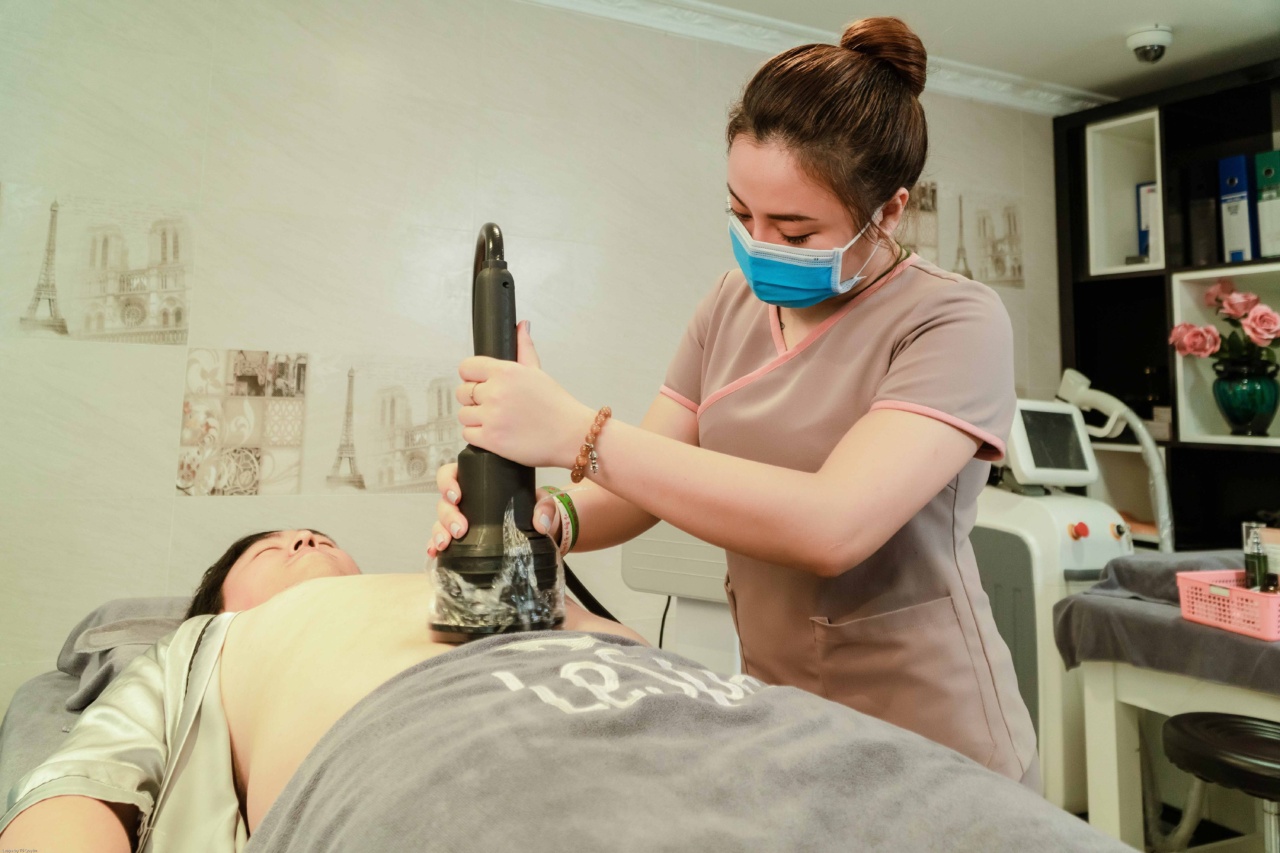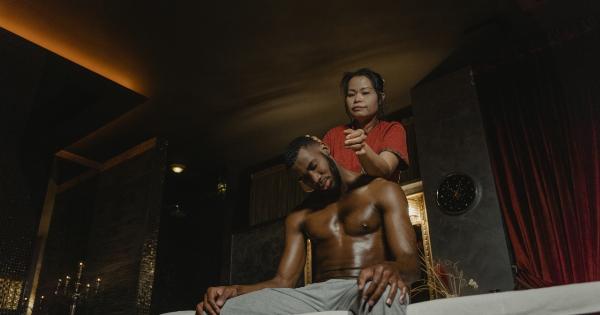There’s nothing worse than discovering your child has head lice. The tiny, six-legged insects nest in human hair and feed by biting the scalp and sucking blood.
They spread easily from person to person, particularly in places like schools and daycare centers. And while head lice are not harmful, they are certainly a nuisance, causing itching and discomfort.
Over the years, countless treatments have been developed to eradicate head lice, from over-the-counter shampoos to prescription medications. Unfortunately, none of these treatments seem to be working as well as they used to.
Experts blame the rise of “super lice” for the lack of success in treating these stubborn pests.
What are Super Lice?
“Super lice” is the term given to a strain of head lice that has become resistant to traditional treatments. This resistance is believed to be a result of overuse and misuse of common lice treatments.
When these treatments are used repeatedly, the surviving lice develop a resistance to the chemicals in the products, making them much harder to eliminate.
Super lice are not a new phenomenon, but they are becoming increasingly common. While once considered a problem specific to the United States, super lice have now been found in countries around the world.
This makes finding effective treatment even more challenging.
Why are Traditional Lice Treatments Failing?
The active ingredients in most over-the-counter lice treatments are pyrethrins and permethrin. These chemicals work by attacking the lice’s nervous system, ultimately leading to their death.
Unfortunately, many lice have developed a resistance to pyrethrins and permethrin, rendering them useless.
Prescription lice treatments, such as Ivermectin, are still effective in many cases, but even these medications are losing their potency.
Some experts believe this is because lice are evolving at a faster rate than scientists can develop new treatments.
Another factor making traditional lice treatments less effective is the fact that parents are often unsure how to use them correctly. For example, some parents may not leave the product on long enough, while others may not apply enough of it.
These errors can lead to incomplete treatment and a greater likelihood of treatment failure.
What are the Alternatives?
With traditional treatments becoming less effective, some people have turned to alternative therapies in an attempt to eliminate head lice. These treatments range from herbal remedies to suffocation techniques to manual lice removal.
Some of the most common alternative treatments include:.
1. Essential oils
Essential oils, such as tea tree oil and lavender oil, are often touted as effective lice treatments. These oils are believed to kill lice by suffocating them. However, there is little scientific evidence to support the effectiveness of essential oils.
2. Mayonnaise and olive oil
Mayonnaise and olive oil are two other treatments that are often recommended for lice. The idea is to apply the mayonnaise or oil to the hair, covering it with a shower cap, and leaving it on overnight.
This supposedly suffocates the lice and makes them easier to comb out. While some people swear by this method, there is little scientific evidence to support its effectiveness.
3. Manual removal
Manual removal involves physically combing and picking the lice and their eggs out of the hair. This method is time-consuming but can be very effective if done correctly. Some professional lice removal services specialize in this technique.
4. Prescription medication
While traditional prescription lice treatment may not be as effective as they once were, there are still some medications that can be used to treat lice. These include topical treatments like Spinosad and oral medications like Ivermectin.
These medications should be used as directed by a healthcare professional.
How to Prevent Lice Infestations
As the saying goes, an ounce of prevention is worth a pound of cure. Here are some tips to help prevent lice infestations:.
1. Avoid head-to-head contact
Lice are spread through direct head-to-head contact. So, if possible, avoid activities that involve close contact with other people’s heads. This includes hugging, playing sports, and sharing hats or hairbrushes.
2. Keep long hair tied back
Lice often travel from person to person by clinging onto hair. Keeping long hair tied back can prevent lice from moving from one person to another.
3. Check for lice regularly
Regularly checking for lice can help identify an infestation early, which makes it easier to treat. Look for small, oval-shaped bugs in the hair, as well as tiny white or brown eggs attached to hair strands.
4. Wash clothes and bedding in hot water
Lice can survive for up to two days without feeding, so it’s essential to wash clothes, bedding, and towels in hot water to kill any lice or eggs that may be present.
The Bottom Line
Super lice are a real problem, and they’re making it harder than ever to treat head lice. However, it’s important to remember that all hope is not lost. With proper diagnosis and treatment, it is still possible to get rid of lice.
Also, by taking steps to prevent infestations, you can reduce your family’s risk of developing a lice problem in the first place.






























